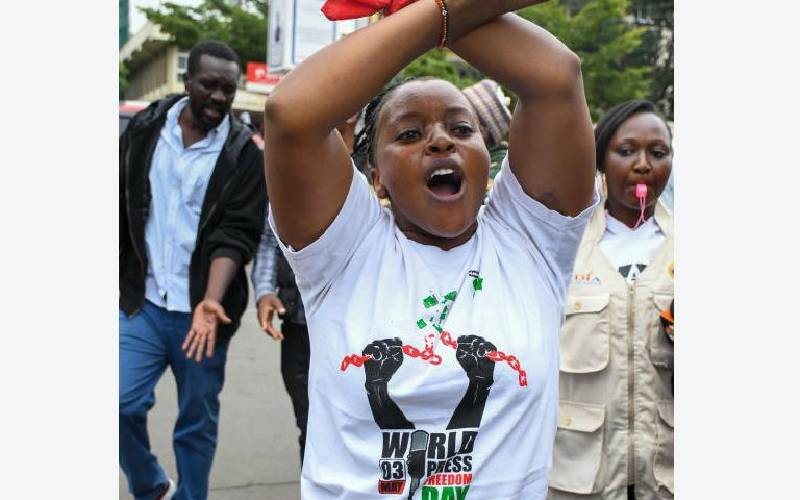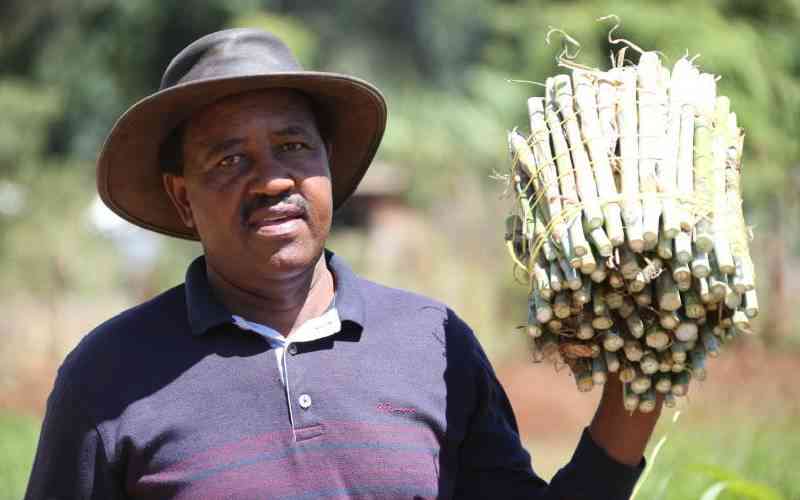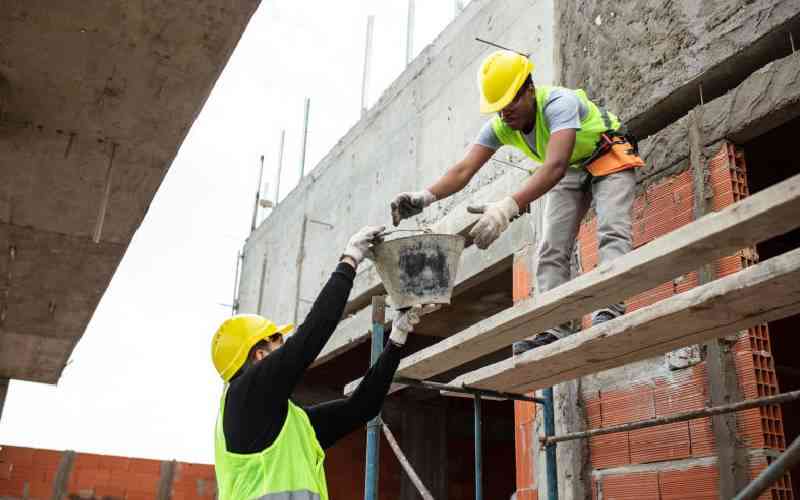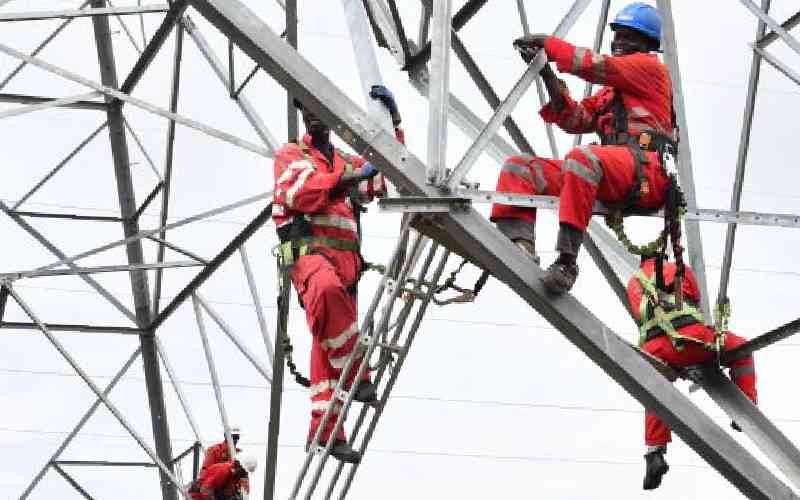
Female journalists in Kenya are increasingly finding themselves on the front lines of online harassment.
And industry leaders are warning that unchecked digital abuse is silencing women’s voices and weakening democracy.
Globally, the crisis is stark. UNESCO estimates that more than 70 percent of women journalists have endured some form of online violence, ranging from threats and stalking to the non-consensual sharing of images.
Locally, the Media Council of Kenya reports that over 60 percent of female journalists have been targeted, often forcing them to withdraw from social media, avoid bylines, or retreat into silence.
“This is not just about personal safety,” said Zubeidah Koome, president of the Kenya Editors Guild.
“Harassment carries economic costs, career setbacks, and it reduces the diversity of voices in our media.” She added.
Technology-facilitated Gender-Based violence (TFGBV) is overwhelmingly directed at women, but female journalists face a particular burden.
Their visibility and influence in public life make them prime targets, with attacks often framed not only around their work but their gender.
Research by the Association of Media Women in Kenya (AMWIK) found that 43 percent of such cases are motivated specifically by gender, underscoring how online spaces replicate and amplify offline inequalities.
“The harassment, ranging from trolling and sexualized threats to the exposure of private information, is designed to silence, delegitimize, and push women out of public discourse, with consequences for both press freedom and democratic participation," Said Quinter Mbori, AMWIK Executive Director.
At a recent roundtable discussion organized by TikTok and attended by media professionals, civil society groups, and gender advocates, participants described how the rapid adoption of digital platforms has reshaped public discourse in Kenya but also fueled new forms of violence.
“When you are a woman in the media or in public life, harassment is almost guaranteed,” Quinter noted.
The research also revealed that older platforms like Facebook, Telegram and WhatsApp continue to record the highest cases, making them the most notorious, though newer ones are not immune.
She highlighted that the abuse does not remain online. Victims often face psychological trauma, burnout, and professional isolation.
Stay informed. Subscribe to our newsletter
“Many resort to self-censorship, while others abandon digital spaces altogether, undermining both press freedom and women’s participation in civic and economic life,”she said.
According to Zubeida, despite Kenya’s cybercrime laws, enforcement remains weak and rarely gender-sensitive.
“Promises of protection often remain on paper, with survivors left to navigate threats alone. Perpetrators are still out there enjoying impunity. Law enforcement has been slow to act, and that gap only emboldens abusers,” Zubeidah said
TikTok on its part, said that the platform has been investing in new tools, policy enforcement, and collaborations with civil society organizations to address online harassment.
Company representatives pointed to ongoing partnerships with NGOs, policymakers, and media actors to better understand local contexts and co-create solutions.
“We believe creativity thrives where people feel safe, respected, and empowered. We know the challenges cannot be solved in a day or alone, but we are committed to listening, learning, and acting in partnership to ensure everyone feels safe online.”Dudu Mkhize, Tiktoks outreach and partnership Manager
Dudu called for a multi-pronged approach to tackling online abuse. While recommending consistent enforcement of platform policies, Dudu called for stronger tools for proactive detection of abusive content and safety teams that understand Kenyan languages and contexts.
Dudu also called for psychosocial support for survivors.
AMWIK has also rolled out a model sexual harassment policy across media organizations, seeking to hold newsrooms accountable for creating safer environments.
Meanwhile, research efforts are underway to document the prevalence of tech-enabled gender-based violence among journalists, activists, and women in politics, with the aim of shaping targeted interventions.
“Silencing women in media is silencing half the story. It is not just an attack on individual journalists, but a threat to democracy itself.” Zubeidah said
As the digital space becomes increasingly central to civic life in Kenya, advocates say the stakes could not be higher.
“Without swift and coordinated action from regulators, law enforcers, tech companies, and media stakeholders, women risk being pushed out of public conversation altogether, “she remarked.







